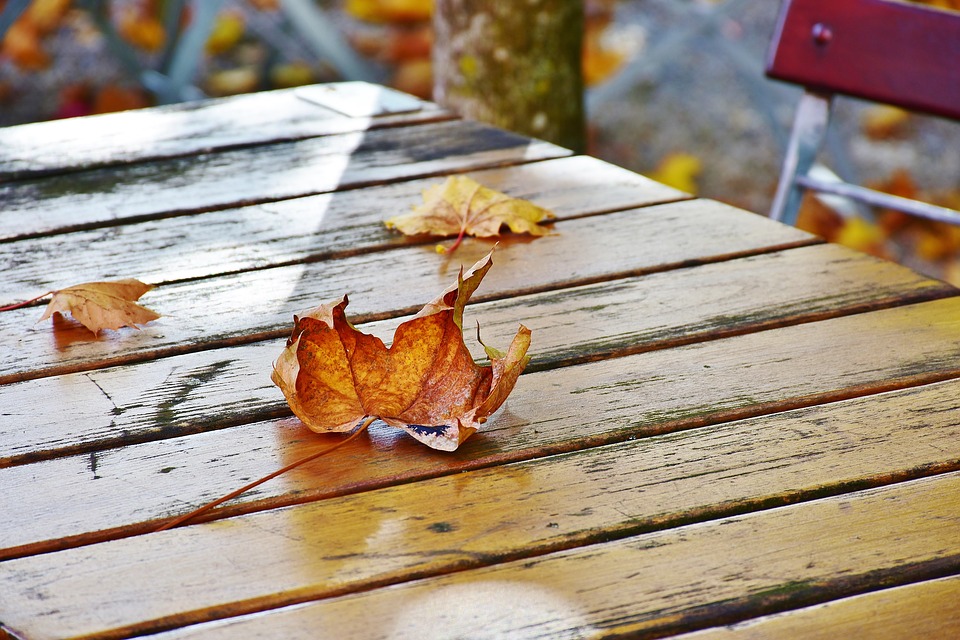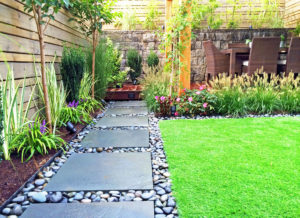The days are growing shorter, the leaves are turning colors, and stores are packed with both Halloween and Thanksgiving decorations. Autumn has officially arrived. But before you can head out for trick-or-treating, you need to worry about your garden.
The plants that thrived in spring and summer provided food and beauty, but not so much right now. Winter is close behind, which is why you need to spend a little time preparing your garden for the colder weather. But doing so does more than just help your garden look better.

Benefits Of Working Outside
Taking care of your garden in the fall is more than just beneficial to the plants and landscape. It can actually benefit you. Part of the “winter blues” that make people depressed in the colder months is called seasonal affective disorder. As DrugRehab.org explains, this form of depression can begin affecting you when the days grow shorter in autumn because there’s less sunlight.
That’s why working outside in your garden right now can help you. By spending more time in nature and sunlight, you can fight seasonal affective disorder and help keep depression at bay.
If you don’t spend enough time outdoors, working in your garden at any time of year can boost your mood by getting back to nature. After all, humans evolved in nature. It’s buildings and rooms that are unnatural.
What Needs To Go
Just sitting around outside isn’t going to do much help. You need to focus on your garden so it can survive until spring. That means getting rid of some plants and debris.
Grow A Good Life recommends you start by removing dead vegetation. If there are any fruits or vegetables still in the garden, collect them and throw them out. They might have mold, which a compost pile cannot get rid of. You’ll also need to get rid of all the fallen leaves, twigs, and branches so they don’t smother anything like grass or hardy plants.
An unusual piece of advice from Mother Earth News is to flip vegetables that you want to be saved for winter. For example, you could carefully pull up a cabbage and plant it back upside down. The soil will protect the vegetable from the autumn cold. Root vegetables like carrots can either be canned or kept outside under a thick layer of straw and dirt.
You can also use this time to make your own vegetable fertilizer, aka compost. This process is labor intensive but the benefits are endless.
What To Plant
Preparing your garden for autumn means more than just removing things. Fall is also the time to plant. Broccoli, kale, and kohlrabi can all be sown into shallow holes and then covered with soil. To help your garden grow both now and in spring, you also want to enrich the soil with compost or aged manure. Adding nutrients this way can help plants stay strong and grow fast.
You can also plant flowers in autumn. Spring-blooming plants like allium, daffodil, and hyacinth can be planted now so the bulbs have time to get established. This means they will bloom sooner and longer come spring. Perennials and shrubs can also be planted in fall, but skip the hardy mums. They do better in spring so they can be well-grown by the time the weather cools.
Get Your Garden Ready For Autumn
Autumn and winter will be hard on the plants in your garden. That’s why you need to give them a little attention now. Get rid of dead plants, enrich the soil, and plant a few new flowers. Not only will this help your garden, spending some time in the sun can help you as well.








